
Palanan, officially the Municipality of Palanan, is a 1st class municipality in the province of Isabela, Philippines. It also served as the final capital of the First Philippine Republic from 1900 until the capture of President Emilio Aguinaldo by the Americans during the Philippine-American War in 1901. According to the 2020 census, it has a population of 17,684 people.

Bagabag, officially the Municipality of Bagabag, is a 2nd class municipality in the province of Nueva Vizcaya, Philippines. According to the 2020 census, it has a population of 37,985 people.
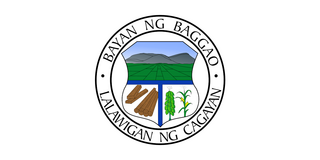
Baggao, officially the Municipality of Baggao, is a 1st class municipality in the province of Cagayan, Philippines. According to the 2020 census, it has a population of 87,753 people.
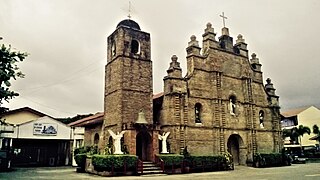
Alicia, officially the Municipality of Alicia, is a 1st class municipality in the province of Isabela, Philippines. According to the 2020 census, it has a population of 73,874 people.

Angadanan, officially the Municipality of Angadanan, is a 3rd class municipality in the province of Isabela, Philippines. At the 2020 census, it had a population of 44,977.
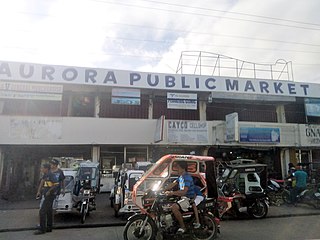
Aurora, officially the Municipality of Aurora, is a 2nd class municipality in the province of Isabela, Philippines. According to the 2020 census, it has a population of 36,621 people.
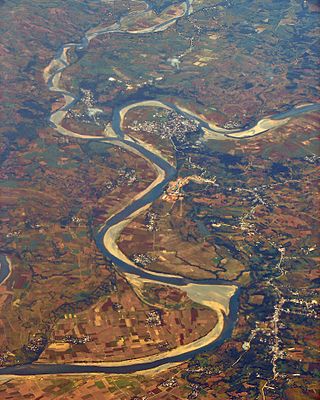
Benito Soliven, officially the Municipality of Benito Soliven, is a 4th class municipality in the province of Isabela, Philippines. According to the 2020 census, it has a population of 29,752 people.

Burgos, officially the Municipality of Burgos, is a 4th class municipality in the province of Isabela, Philippines. According to the 2020 census, it has a population of 26,040 people.

Cordon, officially the Municipality of Cordon, is a 2nd class municipality in the province of Isabela, Philippines. According to the 2020 census, it has a population of 46,477 people.
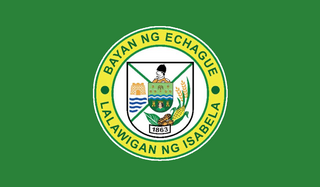
Echague, officially the Municipality of Echague, is a 1st class municipality in the province of Isabela, Philippines. According to the 2020 census, it has a population of 88,410 people. The town is known for the indigenous and endangered Yogad language, which is spoken and conserved by its locals.

Gamu, officially the Municipality of Gamu, is a 4th class municipality in the province of Isabela, Philippines. According to the 2020 census, it has a population of 30,655 people.

Luna, officially the Municipality of Luna, is a 5th class municipality in the province of Isabela, Philippines. According to the 2020 census, it has a population of 20,697 people.

Maconacon, officially the Municipality of Maconacon, is a 3rd class municipality in the province of Isabela, Philippines. According to the 2020 census, it has a population of 3,977 people, making it the least populous municipality in the province.
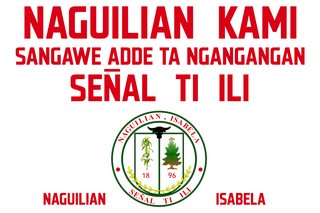
Naguilian, officially the Municipality of Naguilian, is a 4th class municipality in the province of Isabela, Philippines. According to the 2020 census, it has a population of 33,788 people.
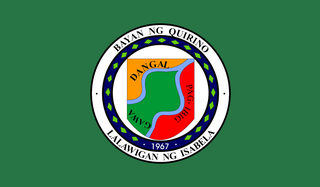
Quirino, officially the Municipality of Quirino, is a 4th class municipality in the province of Isabela, Philippines. According to the 2020 census, it has a population of 25,023 people.

San Agustin, officially the Municipality of San Agustin, is a 3rd class municipality in the province of Isabela, Philippines. According to the 2020 census, it has a population of 22,096 people.

San Guillermo, officially the Municipality of San Guillermo, is a 4th class municipality in the province of Isabela, Philippines. According to the 2020 census, it has a population of 20,915 people.

San Manuel, officially the Municipality of San Manuel, is a 4th class municipality in the province of Isabela, Philippines. According to the 2020 census, it has a population of 34,085 people.

San Mateo , officially the Municipality of San Mateo, is a 1st class municipality in the province of Isabela, Philippines. According to the 2020 census, it has a population of 66,663 people.
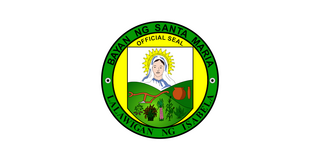
Santa Maria, officially the Municipality of Santa Maria, is a 4th class municipality in the province of Isabela, Philippines. According to the 2020 census, it has a population of 25,758 people.
























